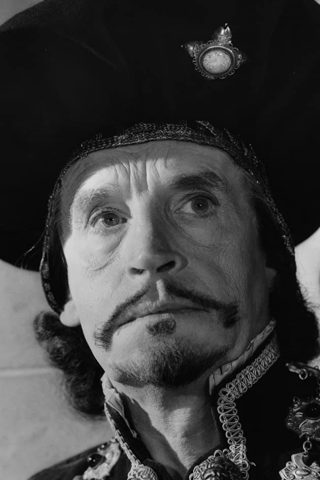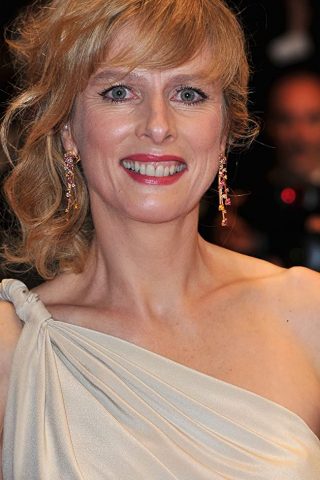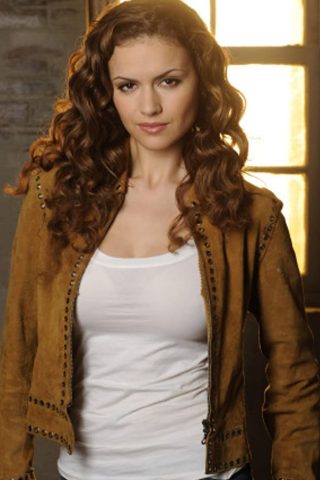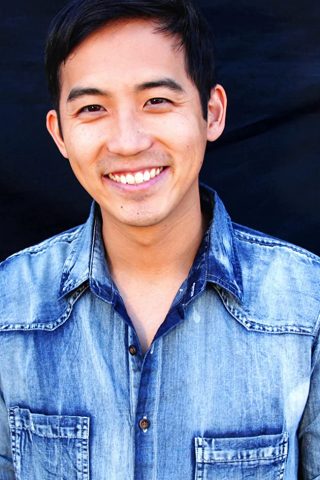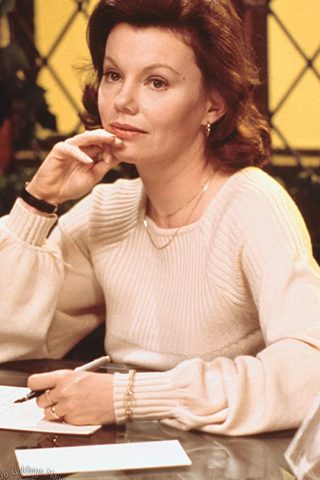
| Name | Marsha Mason |
| Phone |  |
| Email ID |  |
| Address |  |
| Click here to view this information |
She has a wonderful, extremely engaging “feel good” quality about her, an innate warmth that makes you root for her whether she’s playing a stubborn single mom, brittle prostitute, or strung-out alcoholic. Marsha Mason was a resoundingly respected and popular film actress of the 1970s and 1980s whose career skyrocketed in the bittersweet comedies/dramas of award-winning Neil Simon. Earning a string of leading lady Oscar nominations within a short span of time (three of them, courtesy of husband Simon), Marsha’s movie career suffered a major fall-out when the famed couple parted ways in 1983 — most probably due to her almost exclusive, amazingly successful association with him.
The elder of two sisters born to James Joseph Mason and Jacqueline Helena (Rachowsky) Mason in St. Louis, Missouri, on April 3, 1942, Marsha was raised, for a time, in Crestwood, Missouri, before moving to Webster Groves (a suburb of St. Louis) and graduating from Nerinx Hall High School. There, she attended Webster University and, after receiving her degree, moved to New York where she began taking acting classes and finding some work in TV commercials in-between regular job-hunting.
Marrying fellow struggling actor Gary Campbell in 1965, Marsha made an inauspicious movie debut with the forgettable Hot Rod Hullabaloo (1966). Focusing intently on stage work, she made her professional debut in 1967 with “The Deer Park” at the Theatre de Lys and, the next year, joined the cast as a replacement in the established hit comedy, “Cactus Flower”, at the Royale Theatre. Subsequent work came her way both on- and off-Broadway (“It’s Called the Sugar Plum”, “The Indian Wants the Bronx”, “Happy Birthday, Wanda June”, “Richard III”). She later hooked up with San Francisco’s prestigious American Conservatory Theatre and appeared in an enviable number of their productions (“The Merchant of Venice”, “Private Lives”, “You Can’t Take It With You”, “A Doll’s House”, “Cyrano de Bergerac”, “The Crucible”). Daytime soaps played a vital part during this period of time (1969-1972), playing a hooker-turned-vampire on the popular Dark Shadows (1966) series and winning regular roles on Where the Heart Is (1969) and Love of Life (1951). Divorced in 1970, the pert-nosed, dark-haired beauty met Neil Simon, a recent widower, when he cast her in his 1973 original Broadway production of “The Good Doctor”. They had a whirlwind romance and married with a few weeks. 1973 was an excellent year in other ways in that she won the second femme lead in Blume in Love (1973), starring George Segal and Susan Anspach, and then beat out such stars as Barbra Streisand for the coveted role of the hooker opposite James Caan’s sailor in the realistic drama Cinderella Liberty (1973). The chemistry was electric between the two and Mason earned her first Oscar nod. Following a leading stage role in “The Heiress” (1975) and playing “Roxane” in a TV version of Cyrano de Bergerac (1975), Marsha earned two more Neil Simon-driven Oscar nominations with The Goodbye Girl (1977), opposite Oscar winner Richard Dreyfuss, and Chapter Two (1979), which reunited her with James Caan and was based on Mason and Simon’s own relationship.
Simon would offer his wife Oscar-worthy material one more time with Only When I Laugh (1981), as an alcoholic trying to stay on the wagon for daughter Kristy McNichol. This would be her fourth and final Academy Award nod. The couple’s last film project together came in the form of Max Dugan Returns (1983), which was a major misfire. Marsha’s divorce that same year from Simon took the wind right out of her sails as her film product decreased rapidly in quantity as well as quality. With the exception of the Clint Eastwood vehicle, Heartbreak Ridge (1986), she made no other films in the 1980s. While her film output did increase in the 1990s, none of them — Stella (1990), Drop Dead Fred (1991), I Love Trouble (1994), Nick of Time (1995) and 2 Days in the Valley (1996) — did anything to jump-start her waning cinematic career.
Over the years, Marsha maintained by focusing on TV and stage work. More recent theatre credits have included “The Night of the Iguana”, “The Prisoner of Second Avenue” (another popular Simon work in which she appeared opposite Richard Dreyfuss in London), “Wintertime”, “Steel Magnolias”, “I Never Sang for My Father”, “All’s Well that Ends Well” and the Simon play “California Suite”, some of which played Broadway. On the small screen, she starred in her own short-lived series Sibs (1991) and appeared in an Emmy-nominated recurring role on the series, Frasier (1993), as a love interest for Martin Crane. She has also appeared in a number of TV-movies, including one as Judy Garland’s mother, “Ethel Gumm”, in Life with Judy Garland: Me and My Shadows (2001), and has guest-starred on such series as Seinfeld (1989), Lipstick Jungle (2008), Army Wives (2007) and The Middle (2009). On a rare occasion, she has directed in both of these mediums. Feeling out of sorts in Hollywood at one stage, Marsha strongly pursued her spiritual side, primarily as a disciple of Swami Muktananda. She later moved to New Mexico in 1993 and she became an owner of an organic farm where she raised herbs and operated a wellness line of bath and body products. She also enjoyed professional race car driving at one point. An insightful, highly revealing autobiography came out in the form of “Journal: A Personal Odyssey” in 2000.
Details
Marsha Mason Keywords
Marsha Mason Contact Details, Marsha Mason Facebook, Marsha Mason Instagram, Marsha Mason Phone Number, Marsha Mason Cell Phone, Marsha Mason Address, Marsha Mason Whatsapp Number, Marsha Mason Whatsapp Group, Marsha Mason Email, Marsha Mason Phone Number 2020, Marsha Mason Twitter Account

